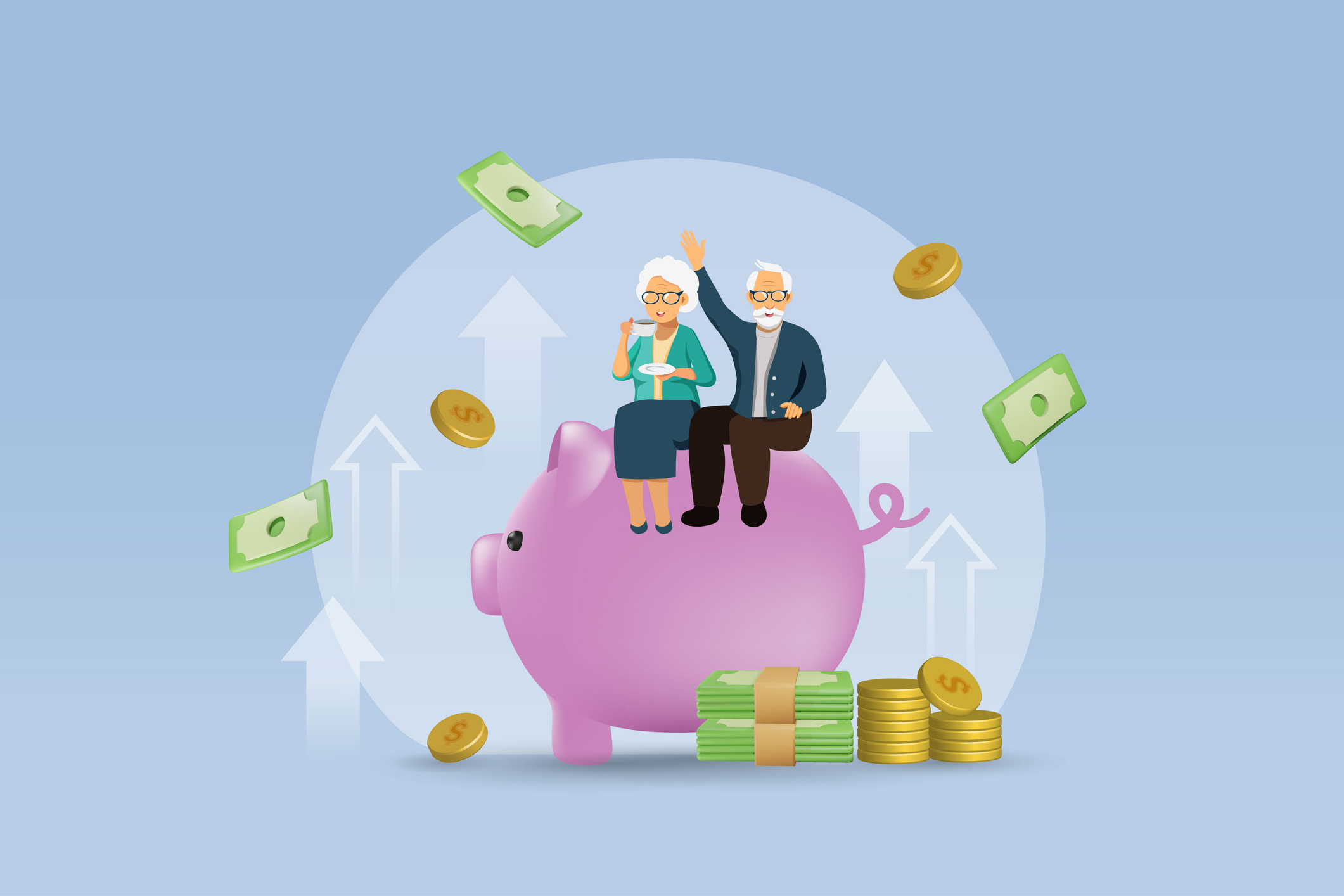The 5 Best Bond Funds for 2013
Funds that still make sense to own in a dangerous time for bonds.

Pick your poison. Thanks to a 30-year bull market, the environment for investing in bonds today is singularly unattractive. The easy money has been made. To make money in bonds now, you have to choose among several risky options.
The worst of these is to buy long-term bonds. They will do well if interest rates fall and do okay if rates remain stable (bond prices move in the opposite direction of interest rates). But with the benchmark ten-year Treasury bond yielding just 1.6%, rates can't drop much more. And at some point, rates will rise -- probably by a lot -- and bond prices will fall substantially.
Bond bears like me have been warning against the dangers in long-maturity bonds for some time now -- and we've been dead wrong (the longer a bond's maturity, the greater its price moves with changes in rates). Nonetheless, Treasuries look a lot like technology stocks did in the late 1990s. The prices of tech stocks rose and rose -- until it felt as if they would never fall. And, of course, tech stocks did eventually collapse, in the 2000-02 bear market.
From just $107.88 $24.99 for Kiplinger Personal Finance
Become a smarter, better informed investor. Subscribe from just $107.88 $24.99, plus get up to 4 Special Issues

Sign up for Kiplinger’s Free Newsletters
Profit and prosper with the best of expert advice on investing, taxes, retirement, personal finance and more - straight to your e-mail.
Profit and prosper with the best of expert advice - straight to your e-mail.
In discussing my bond fund picks for 2013, I've deliberately omitted past returns. Why? Because yields are so low, there's almost no mathematical chance that bond funds can turn in a repeat performance. I've included two high-quality, intermediate-term bond funds among my favorites, but even they make me nervous.
If you don't want to take interest-rate risks in bonds, the only way to make money is by taking credit risk -- that is, investing in bonds with lower credit quality. I think that's the best place to hide in this bond market, but these options all have a certain "ick" factor.
Hold Your Nose and Buy?
Emerging-markets bonds are, in my view, the most attractive part of the fixed-income market. Yes, you're more likely to find corruption in these countries and in companies that are based in them than you are in the U.S., and financial reporting is opaque in developing nations. But these countries are growing more rapidly than the developed world, are often fiscally stronger than the developed world -- and yet still offer higher yields. Emerging-markets bonds typically lose value, however, when the global economy weakens.
My favorite is Pimco Emerging Local Bond Institutional (symbol PELBX), which invests in local-currency bonds rather than bonds denominated in U.S. dollars. As emerging markets strengthen, their currencies should rise against the greenback. That would benefit U.S.-based investors. The fund's institutional share class yields 3.7%. As with other Pimco bond funds, try to buy the institutional share class, which usually means paying a transaction fee to an online broker. Pimco's class D shares, which are available on no-transaction-fee brokerage platforms, typically charge 0.45 percentage point more per year than the institutional shares.
High-yielding corporate bonds are called "junk" bonds for good reason. These are bonds issued by companies that stand a real risk of defaulting. If the economy picks up speed, that risk recedes. If the economy stumbles, look out. I don't want to own a fund that invests only in junk bonds, but I'm comfortable owning one that puts some money in high-yield bonds.
Remember mortgage-backed securities? Who could forget? Well, banks stopped issuing them (except those with explicit government backing), but most of the old ones never went away. A lot of savvy investors made good money scooping up these complex securities, which are composed of nongovernment-backed mortgages -- many of which were made to borrowers with less than perfect credit. I think there's still money to be made here, assuming the housing market continues to improve.
Take a big helping of emerging-markets bonds, stir in some junk bonds, season with old mortgages, add a serving of investment-grade corporates and Treasuries -- and you have Pimco Diversified Income Fund (symbol PDIIX). Yup, there's risk all over the place in this fund. But the bond pros at Pimco are good, and I think this stew will probably turn out okay. The fund's institutional shares yield 3.2%.
Want the same kind of dish with a lot less credit risk? Fidelity Total Bond Fund (symbol FTBFX) could be your ticket. The fund has only a smattering of junk bonds, nongovernment-agency mortgage securities and emerging-markets debt. The fund has one-third of its assets in Treasuries, and its average credit quality is investment-grade. The yield is just 2.0%. If interest rates rise by one percentage point, expect the fund's price to fall by about 4.5%, although (as with any bond fund) your total return wouldn't be that bad because you'd still get the yield.
Metropolitan West Unconstrained (symbol MWCRX) is a fund that should prosper if rates rise. That's because it's selling Treasuries short -- that is, betting that they'll go down in price. Consequently, Unconstrained faces virtually no risk from rising interest rates. But, of course, it does face losses if Treasury yields fall. Plus, it has more than 20% of its assets in nongovernment-backed mortgages, and another 10% each in junk bonds and emerging markets. It has more credit risk than the Fidelity fund but less than the Pimco Diversified fund. It yields 3.3%.
Do you prefer plain vanilla? Vanguard Intermediate-Term Tax-Exempt (symbol VWTIX) pays a tax-free yield of just 1.4%. That's the equivalent of 2.2% for a taxpayer in the 35% federal bracket. Its average credit quality is single-A. Should rates on similar bonds rise by one percentage point, the fund would likely drop almost 5% in price.
Steven T. Goldberg is an investment adviser in the Washington, D.C. area.
Kiplinger's Investing for Income will help you maximize your cash yield under any economic conditions. Subscribe now!
Profit and prosper with the best of Kiplinger's advice on investing, taxes, retirement, personal finance and much more. Delivered daily. Enter your email in the box and click Sign Me Up.

-
 It's Beginning to Look a Lot Like a Santa Rally: Stock Market Today
It's Beginning to Look a Lot Like a Santa Rally: Stock Market TodayInvestors, traders and speculators are beginning to like the looks of a potential year-end rally.
-
 The 2026 Retirement Catch-Up Curveball: What High Earners Over 50 Need to Know Now
The 2026 Retirement Catch-Up Curveball: What High Earners Over 50 Need to Know NowUnlock the secrets of the 2026 retirement catch-up provisions: A must-read for high earners aged 50 and above.
-
 How Much a $100K Jumbo CD Earns You
How Much a $100K Jumbo CD Earns YouYou might be surprised at how fast a jumbo CD helps you reach your goals.
-
 ESG Gives Russia the Cold Shoulder, Too
ESG Gives Russia the Cold Shoulder, TooESG MSCI jumped on the Russia dogpile this week, reducing the country's ESG government rating to the lowest possible level.
-
 Morningstar Fund Ratings Adopt a Stricter Curve
Morningstar Fund Ratings Adopt a Stricter Curveinvesting Morningstar is in the middle of revamping its fund analysts' methodology. Can they beat the indices?
-
 Market Timing: The Importance of Doing Nothing
Market Timing: The Importance of Doing NothingInvestor Psychology Investors, as a whole, actually earn less than the funds that they invest in. Here’s how to avoid that fate.
-
 Commission-Free Trades: A Bad Deal for Investors
Commission-Free Trades: A Bad Deal for Investorsinvesting Four of the biggest online brokers just cut their commissions to $0 per transaction. Be careful, or you could be a big loser.
-
 Vanguard Dividend Growth Reopens. Enter at Will.
Vanguard Dividend Growth Reopens. Enter at Will.investing Why you should consider investing in this terrific fund now.
-
 Health Care Stocks: Buy Them While They're Down
Health Care Stocks: Buy Them While They're Downinvesting Why this sector should outperform for years to come
-
 Buy Marijuana Stocks Now? You'd Have to Be Stoned.
Buy Marijuana Stocks Now? You'd Have to Be Stoned.stocks Don't let your investment dollars go to pot
-
 4 Valuable Lessons From the 10-Year Bull Market
4 Valuable Lessons From the 10-Year Bull MarketInvestor Psychology Anything can happen next, so you must be mentally prepared.